On this day last year I published my all time XI of players with surnames beginning with L…
Category: Uncategorized
All Time XIs – Holmesian
An all time XI of players with links to Sherlock Holmes stories and a large photo gallery.
A whimsical variation on the all time XIs theme – this XI is made up of players whose names connect in some way to Sherlock Holmes stories.
THE XI IN BATTING ORDER
- *WG Grace (right handed opening batter, right arm bowler of various types through his career, captain). He sneaks in by way of “Thor Bridge”, which features a governess by the name of Grace Dunbar, who June Thomson makes a persuasive case for being the second Mrs Watson. His cricketing credentials need no amplification.
- Percy Holmes (right handed opening batter, fine fielder). One half of the most successful opening pair in first class history, the senior by precisely seven years in age, though the junior in cricketing stature (he and Herbert Sutcliffe shared 74 century opening stands together, 69 of them for Yorkshire and 64 in the county championship).
- Colin Munro (left handed batter). The Kiwi boasts an FC batting average of over 50. He qualifies by virtue of Mr Grant Munro, who seeks Holmes’ advice/assistance in “The Adventure of the Yellow Face”.
- Elias ‘Patsy’ Hendren (right handed batter, brilliant fielder). The third leading run scorer in FC history and second leading century maker in FC history, he gets in through his rarely used given name – two Eliases at least, Elias Whitney in “The Adventure of the Twisted Lip” and Elias Openshaw in “The Five Orange Pips” play walk on roles in Holmes stories.
- Vic Wilson (left handed batter, brilliant close fielder). Had a fine FC record, and eventually became Yorkshire’s first professional skipper since before Lord Hawke’s time. He gets in by way of Jabez Wilson in “The Adventure of the Red Headed League”, and incidentally he appears on the scoresheet as JV Wilson, while ‘Wilson the notorious canary trainer’ gets a passing mention in another of the stories.
- Johnny Douglas (right handed batter, right arm medium fast bowler). Trevor Bailey’s spiritual forebear as an adhesive middle order batter and useful seam bowler, also played his county cricket at Essex. Jack Douglas is the name by which we are introduced to the Pinkerton agency ace Birdy Edwards in “The Valley of Fear”.
- +Adam Gilchrist (left handed batter, wicket keeper). One of the three students in the story with that title is named Gilchrist. My chosen keeper’s credentials need no amplification.
- Johnnie Clay (off spinner, right handed batter). Captained Glamorgan when they were promoted to first class status in 1921, and was still playing for them when they won the 1948 championship, their first such title. He took 1,317 FC wickets at 19.76 a piece, and was good enough with the bat to score two first class centuries. He gets in by way of John Clay in “The Adventure of the Red Headed League”, rated by Holmes as the fourth most dangerous man in London at the time.
- Frank Holmes Tyson (right arm fast bowler, right handed batter). A brief and meteoric career, but he blitzed the Aussies in their own backyard along the way (in the 1954-5 Ashes). His middle name gets him in, hence my including it here.
- Dan Moriarty (left arm orthodox spinner, left handed batter). 49 FC wickets at 29 each, and has good records in List A and T20 as well, and at 24 definitely still young enough to be improving. He of course gets in courtesy of Holmes’ archenemy Professor Moriarty.
- William Mycroft (left arm fast bowler, right handed batter). Over 800 FC wickets at 12 a piece, just missing out on test cricket (he was approaching 36 years of age when the first such match was played in 1877). He qualifies at least twice over – through his surname, which is the given name of the elder Holmes brother (not necessarily coincidence – Doyle was a keen cricketer and avid cricket fan, and one theory about the names of the brothers is that Sherlock was an amalgam of Shacklock and Sherwin, respectively fast bowler and keeper for Nottinghamshire, while Mycroft came from William and Thomas Mycroft who played similar roles for neighbouring Derbyshire) and through William Kirwan, the murdered coachman in “The Adventure of the Reigate Squires”.
This side has a good top five, an all rounder at six, the greatest batter of all genuine top line keepers and four great and well varied bowlers. With Tyson and Mycroft to take the new ball, Douglas as third seamer and Clay and Moriarty contrasting spinners this side is unlikely to struggle to take 20 wickets.
TWO POTENTIAL OVERSEAS PLAYERS
All 11 players I have named save for Munro are home grown, but two who might have had an extra overseas slot, in each case coming in place of Douglas were the 1920s Australians Hunter ‘Stork’ Hendry who would have qualified by way of Violet Hunter from “The Adventure of the Copper Beeches” and Jack Ryder, who would get in courtesy of James Ryder from “The Adventure of the Blue Carbuncle”. However, while both these worthies would outrank Douglas as a batter he outranks both as a bowler, and given the strength of the top five and the presence of Gilchrist at number seven I felt that was reason to give Douglas the nod.
OTHER POSSIBLES
Many readers doubtless have their own ideas. Second choice keeper would be Amy Jones, who would qualify by virtue of Inspector Athelney Jones in “The Sign of Four”, and there are many other possibilities, and I would welcome suggestions in the comments.
PHOTOGRAPHS
My usual sign off…



































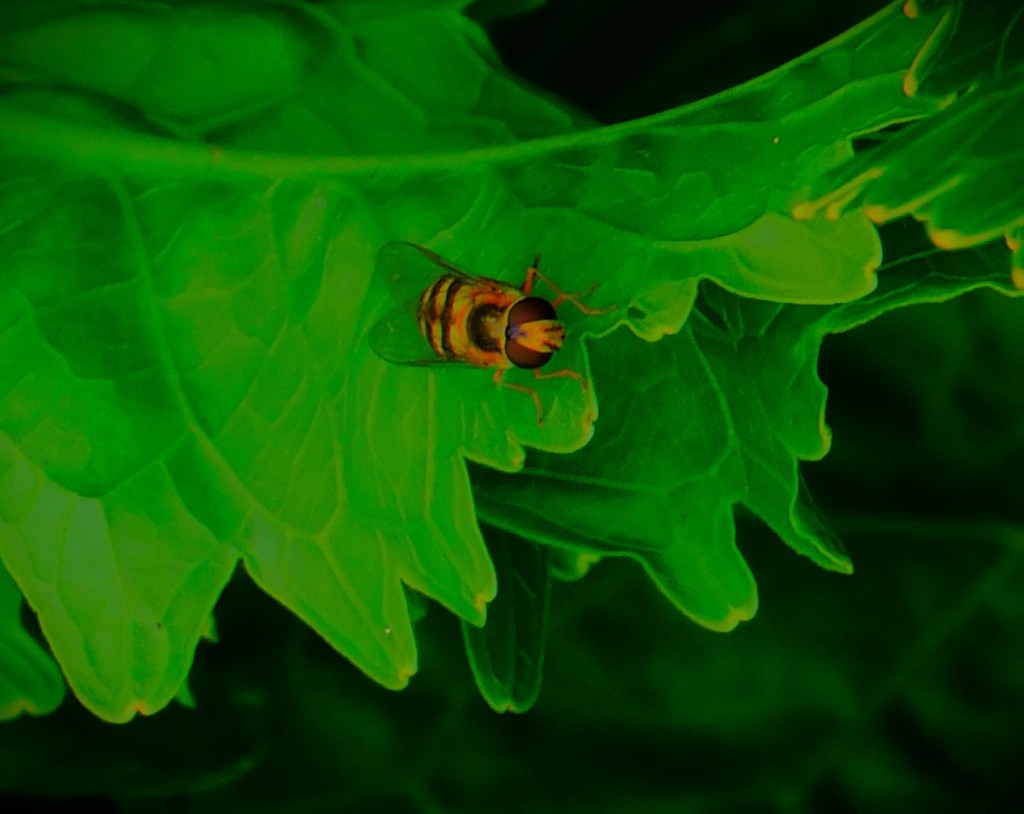










































































All Time XIs – The Letter F
I originally produced this post OTD last year, and now reproduce it. I add an honourable mention that I missed first time round. Ken Farnes does not quite displace Jack Ferris or George Freeman from the XI, but I should have mentioned his brief career, terminated by WWII, in which conflict he lost his life.
I continue my exploration of the all time XI theme with a look at players whose surnames begin with the letter F.
THE XI IN BATTING ORDER
- Roy Fredericks (West Indies). Somewhat overshadowed by the later deeds of the greatest opening combo WI have ever produced, Greenidge and Haynes, Fredericks was nevertheless a player of the highest class. His most famous test knock was an innings of 169 against Australia at the WACA in Perth, not generally a happy hunting ground for visiting players. He was also only the second player to score a century in a men’s ODI after Dennis Amiss.
- Charles Burgess Fry (Sussex, England). His mastery of the art of batting is all the more astonishing given that cricket was just one area in which he excelled. He once scored a six successive first class centuries, a feat equalled by Bradman and Procter but unsurpassed to this…
View original post 1,173 more words
All Time XIs – The Letter C
I will be at work today, and am unlikely to put up a new blog post today, so exactly one year to the day after I created it here is my all time XI of players whose surnames begin with the letter C. In that year a new name has emerged as meriting consideration – Tagenarine Chanderpaul has made a very impressive start for WI. He has more to do to earn his place yet, but he is definitely one to watch.
The temperature here is back to what would be expected of England in July after two days of serious heat. Peterborough, just over an hour to the west of me by bus was one of various UK places to top 40 degrees yesterday, while the Botanic Gardens in Cambridge, south of me, clocked 39.9. Holbeach and Marham, either side of King’s Lynn and closer still, both also had temperatures between 39 and 40. I am continuing my series of all-time XI posts with a look at the letter C.
THE XI IN BATTING ORDER
- Shivnarine Chanderpaul (Lancashire, West Indies). The Guyanese super stacker was not a regular opener, but with due respect to his achievements this season I could hardly pick Ben Compton, and nor did any other regular openers beginning with C jump out at me. I reckon he can handle the job, and as you will see going…
View original post 907 more words
All Time XIs – The Letter G
Today is the 175th anniversary of the birth of the captain of this team (I took this letter out of order OTD last year as part of this series, the longest I have ever run on this blog) precisely so it would coincide with the skipper’s birth anniversary. It is also for that reason that I am doing a full reblog, rather than as with others merely including a link in a regular blog post.
WG Grace can be regarded as the most important single player in the game’s history, and the 175th anniversary of his birth certainly deserves to be acknowledged…
Outside it is ferociously hot, as per weather forecast. I have curtains drawn at the front of my bungalow, blinds down at the back and windows open everywhere, and so far that is keeping indoors bearable. I have skipped forward a few letters in my selection of teams with surnames beginning with the same letter because today is the 174th anniversary of the birth of the skipper of the team for whom that letter is G. Coverage of the second women’s ODI between England and South Africa is just underway. Ben Stokes has announced that tomorrow’s ODI in Durham will be his last game in that format – he is still available for selection in T20Is, but his main focus is the team of which he is captain, the test team.
THE XI IN BATTING ORDER
- Sunil Gavaskar (Somerset and India). The first to reach the career milestone of 10,000…
View original post 1,135 more words
All Time XIs – “Bazball”
An all time XI picked to play in the style of Ben Stokes’ England test team and a large photo gallery, including a new bird sighting.
Welcome to my latest offering. I am studiously avoiding paying any attention whatsoever to events in London today, and this sentence will be the only hint of anything to do with those events you get in this blog. Today I select an all time XI that I would trust to play cricket with the same approach as Ben Stokes’ current England test side. I am following my “county” rules in terms of selection – one overseas player allowed, the rest English.
THE XI IN BATTING ORDER
- *WG Grace (right handed opening batter, right arm bowler of various types through his career, captain). A batter who always looked to score runs and scored huge numbers of them, his approach to captaincy was also fundamentally attacking.
- Lionel Palairet (right handed opening batter). A dashing opening batter who scored 10o+ runs in a morning session on five separate occasions in 1901, one of them against that years champions Yorkshire when Somerset trailed by 238 on first innings and came back to win by 279 runs.
- Frank Woolley (left handed batter, left arm orthodox spinner, ace slip fielder). The only cricketer ever to score 10,000+ FC runs, take 1,000+ FC wickets and pouch 1,000+ FC catches, and noted for feats of fast scoring with the bat.
- Denis Compton (right handed batter, occasional left arm wrist spinner). A top drawer entertainer with a magnificent record.
- Garry Sobers (left handed batter, left arm bowler of every type known to cricket, ace fielder). There was really only one candidate for the overseas player in an XI of this nature – the most complete player there has ever been, and very attacking by inclination.
- +Les Ames (right handed batter, wicket keeper). He won the Lawrence trophy for the fastest first class century of the season twice in the first three years of its existence.
- Gilbert Jessop (right handed batter, right arm fast bowler, ace fielder). He scored 53 first class hundreds, yet only once did he bat for more than three hours in a single innings, for a score of 240. He still has the record for the fastest test century by an England batter, though there have been several recent challenges.
- Arthur Wellard (right arm fast medium bowler, right handed lower middle order batter). In 1935 he hit 66 sixes in the first class season, a record that stood for half a century. A quarter of his 12,000 FC runs came in sixes, and he was a good enough bowler to set the Somerset record for most first class wickets in a season.
- Jim Laker (off spinner, right handed lower order batter). With Woolley, Sobers and Compton able to cover every variety of left arm spin and the next player in the order famed for bowling what was effectively a quick leg break I felt that an off spinner was called for, and Laker was clearly the answer.
- Syd Barnes (right arm fast medium bowler, right handed lower order batter). Probably the greatest bowler there has ever been, a must pick.
- William Mycroft (left arm fast bowler, right handed tail end batter). My envisaged new ball partner for Barnes, he just missed out on the start of test cricket, being 35 years old when the inaugural such match was played, though he had had a fine season in 1876. He took over 800 first class wickets at 12 a piece.
This squad has a powerful batting line up, with all of the top seven save Palairet (two caps in 1902) test match regulars, and the only non-bowlers are keeper Ames and Palairet, though Compton would be unlikely to be called on for many overs in this line up. The bowling attack is richly varied, and that Barnes was well suited to sharing the new ball with a left arm pacer is proven by the great success he had in the 1911-12 Ashes when opening the bowling with Frank Foster, just such a bowler. I would expect this side to score big totals at a rapid rate and not to have any problems taking 20 opposition wickets.
HONOURABLE MENTIONS
Of course there are hundreds of potential qualifiers for this XI. My biggest regret was not being able to accommodate an under arm bowler – there were three outstanding candidates, David Harris, the first authentically great bowler, Digby Jephson who might have had Wellard’s slot and George Simpson-Hayward, the last of the breed to play at test level. If you want to suggest other players go ahead – as I have said there are many possibles, but do consider how your choices would affect the balance of the side.
PHOTOGRAPHS
I have a fine photo gallery, including a new bird sighting – I saw a pair of shelduck where the Nar flows into the Great Ouse while out walking this morning. Also, I will probably not get a post up tomorrow as I will be out for most of the day since the Metronomes are playing at Broxbourne. Now for those photos…









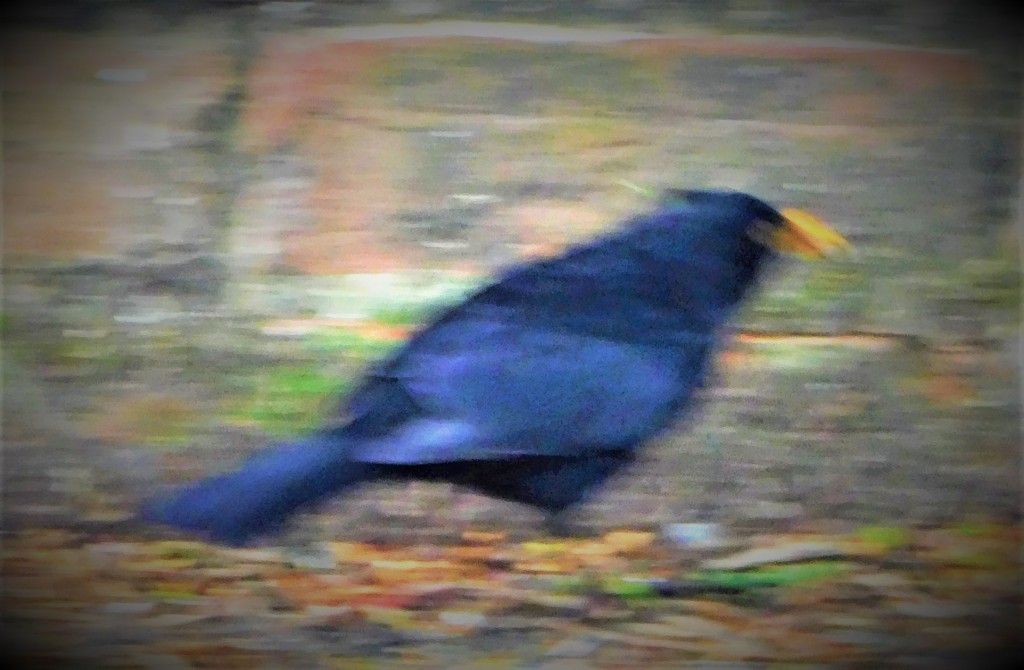

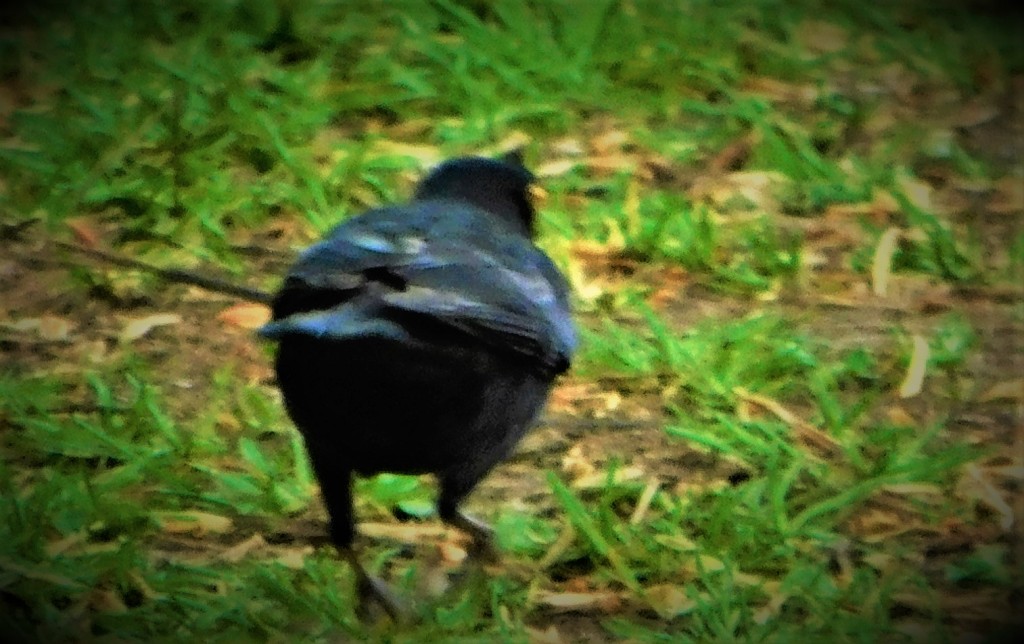
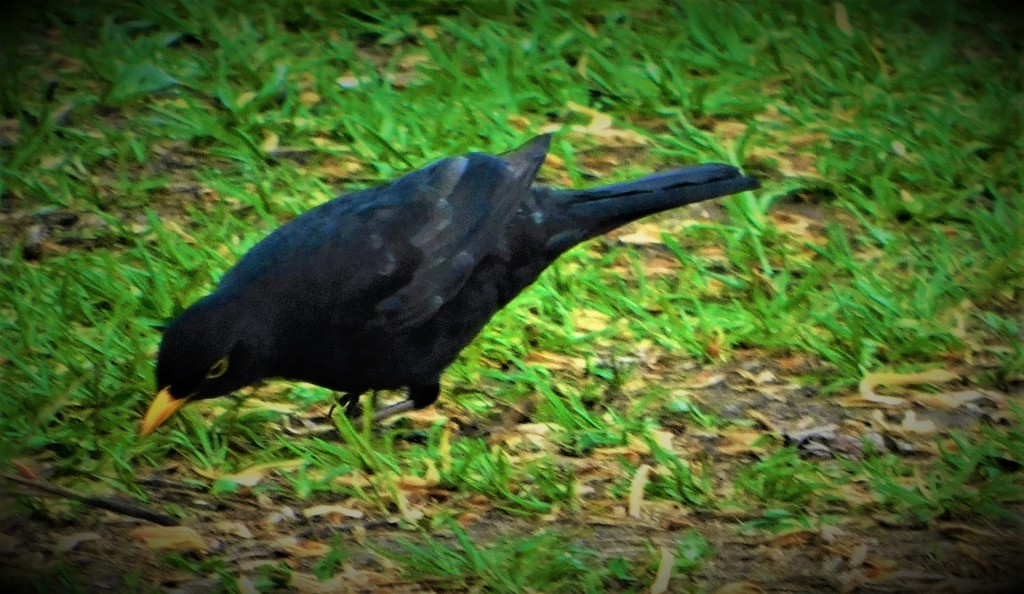





























































A Topsy-Turvy Melbourne Derby
A look at today’s Melbourne derby in the Big Bash League plus some photographs.
This morning’s live BBL radio commentary saw the two Melbourne sides, Renegades and Stars face one another. Stars following Heat’s win earlier were languishing at the bottom of the heap, Renegades one of a number of sides battling for qualification slots (Only Perth Scorchers and Sydney Sixers are genuinely comfortably placed to qualify).
THE RENEGADES INNINGS
Renegades batted first, and they started dreadfully, managing just 17-1 from their four overs of opening Power Play. They began to recover in overs 5-10, reaching 63-3 at the halfway stage of their innings. The second half of their innings was a massive improvement, a well timed Power Surge continuing the recovery, and then a magnificent late innings from Jonathan Wells helping to boost their final total to 161-7.
THE STARS RESPONSE
Stars began their reply sensationally, passing 80, with all their wickets standing in just the eighth over. Once the first wicket fell however, they were unable to maintain the momentum, and began to lose wickets at regular intervals. Not even the assistance of two balls hitting the closed roof of the stadium and being thus awarded six a piece did much for the second half of the Stars innings. A succession of overs in which runs weren’t scored and wickets fell ultimately saw the Stars needing 12 from the final over to win. Nick Larkin, the sole remaining batter of any substance, made a complete and utter mess of playing that final over. He declined singles off the first two balls, wishing to keept the strike for himself, but then took the single off the third, leaving a tailender on strike with 11 needed off three balls. A run out off the fourth ball did at least get Larkin back on strike, but 11 were now needed off two balls. Larkin hit the first for four. The final ball of the match was full, just wide of the stumps, but not enough so to be called a wide, and Larkin ridiculously failed even to get bat to it, the resultant dot giving Renegades victory by six runs, boosting their qualification hopes and pretty much exterminating such qualification hopes as Stars had still retained. Arguably Stars were favourites to win right until the start of the 19th over of their innings, at which point they needed 15. Good teams go all out to break the back of things with an over to spare in these circumstances, and it was really this over, with only three runs coming it from it that killed the Stars. This loss will be hard to recover from because Stars will know that they should have been comfortable winners.
PHOTOGRAPHS
My usual sign off…























Rawalpindi Runfest
A look at goings on in Rawalpindi where Pakistan are playing England in a test match that has already seen seven centuries and the first test wickets by a bowler with first two initials WG since 1890.
The Pakistan vs England test series, the first between these two teams to take place in Pakistan in 17 years (for most of that time Pakistan were restricted to playing “home” series at neutral venues such as the United Arab Emirates because of security concerns) got underway on Thursday morning (earlyish Pakistan time, very early – though “ridiculous o’clock” rather than “ludicrous o’clock” as would be the case for a series in Australia). This post looks at the first three days action.
ENGLAND MANAGE TO NAME A TEAM
There had been fears that the start of this match would be delayed due to illness in the England camp, but although they had to make some last minute changes England were able to come up with 11 fit players. In batting order the final XI was Crawley, Duckett, +Pope, Root, Brook, *Stokes, Livingstone, Jacks, Robinson, Leach, Anderson. Foakes being unavailable meant Pope keeping wicket, and the team looked colossally strong in batting but limited in bowling (while some of the bowlers concerned are excellent practitioners of their art an attack with three specialists – Anderson, Leach and Robinson, and back up options Stokes, Jacks and Livingston is no one’s definition of a stellar bowling unit, with Stokes the nearest thing to a properly fast bowler in the ranks). There was less drama around the Pakistan selections, though their bowling attack was a very inexperienced one. Fortunately for England Stokes won the toss and chose to bat first (IMO a decision to field first would have raised legitimate questions about whether Stokes had been doing deals with dodgy bookies so terrible would it have been).
DAY ONE: THE RUNS FLOW
A barely believable opening day saw England post a new record for the opening day of a test match of 506-4, and that with fading light in the evening restricting play to 79 overs. The previous record of 494 by Australia versus South Africa had stood since 1910. Crawley, Duckett, Pope and Brook all registered centuries on this amazing opening day, and all went at over a run a ball. In amongst the carnage Joe Root just for once failed with the bat. Pakistan bowled poorly, and England’s batters took no prisoners – every loose ball was remorselessly punished.
DAY TWO: PAKISTAN FIGHT BACK
It is not often that a team who score 657 batting first could be disappointed with their efforts, but England were in that position. On one of the flattest pitches ever seen and against an experienced attack they lost their last six wickets in less than a full session, though their blistering scoring rate made up for the lack of time that they batted for. The innings lasted exactly 101 overs, with Brook scoring England’s quickest ever test 150 (at 80 balls his 100 was third on the England list behind Gilbert Jessop and Jonathan Bairstow, while Crawley had taken 86 balls, the same number as Botham at Old in 1981). Zahid Mahmood had the remarkable figures of 33-1-235-4!
By the time fading light forced a second successive early closure of a day’s play Abdullah Shafique and Imam-ul-Haq, Pakistan’s openers, were still together and the score was 181-0.
DAY THREE – LATE WICKETS SPARE ENGLAND’S BLUSHES
Abdullah Shafique and Imam-ul-Haq each completed tons for Pakistan, making this the first test match in which all four openers had scored first innings centuries. Babar Azam also reached three figures, and at 413-3 Pakistan looked well capable of taking a first innings lead. The breaking of Pakistan’s open stand featured a bit of cricket history – debutant Will Jacks became the first person with first two initials WG to claim a test scalp since the original “WG” dismissed Aussie wicket keeper Jack Blackham at Lord’s in 1890. This also meant that it took approximately 19 and a half years less as a test cricketer to claim a scalp on Pakistan soil than Anderson, whose own first scalp in that country came later in the day.
Late in the day England got things to happen, and by the time the light forced a third straight early finish to a day’s play Pakistan were 499-7, still 158 in arrears. Jacks has three of the wickets (remarkable given that at the start of the 2022 English season he had a grand total of three first class wickets), Leach two and Anderson and Robinson one a piece. England will be looking to polish of Pakistan’s tail early tomorrow, and score quick enough in their second innings to have a bowl at Pakistan before the close of tomorrow. Pakistan will be looking to thwart England for as long as possible – for them a draw will now be the summit of their ambitions for this match, while England retain some hope of winning. Incidentally with seven centuries already racked up it is worth noting that the record for any test match is eight and the FC record is nine, in an absurd game between Bombay and Maharashtra in the late 1940s which the former won by 354 runs – Bombay 651-9d and 714-8d, Maharashtra 407 and 604.
Although this game is not utterly dead yet, that is more by accident than by design, and a pitch on which bowlers are as helpless as they have been these three days is a poor one for test cricket. My own feeling is that a draw remains the likeliest outcome, with the Pakistan win and the tie the two rank outsiders and an England win maybe 25%.
PHOTOGRAPHS
Today’s photographs are all work photographs. The auctions in which these items feature can be viewed here and here.


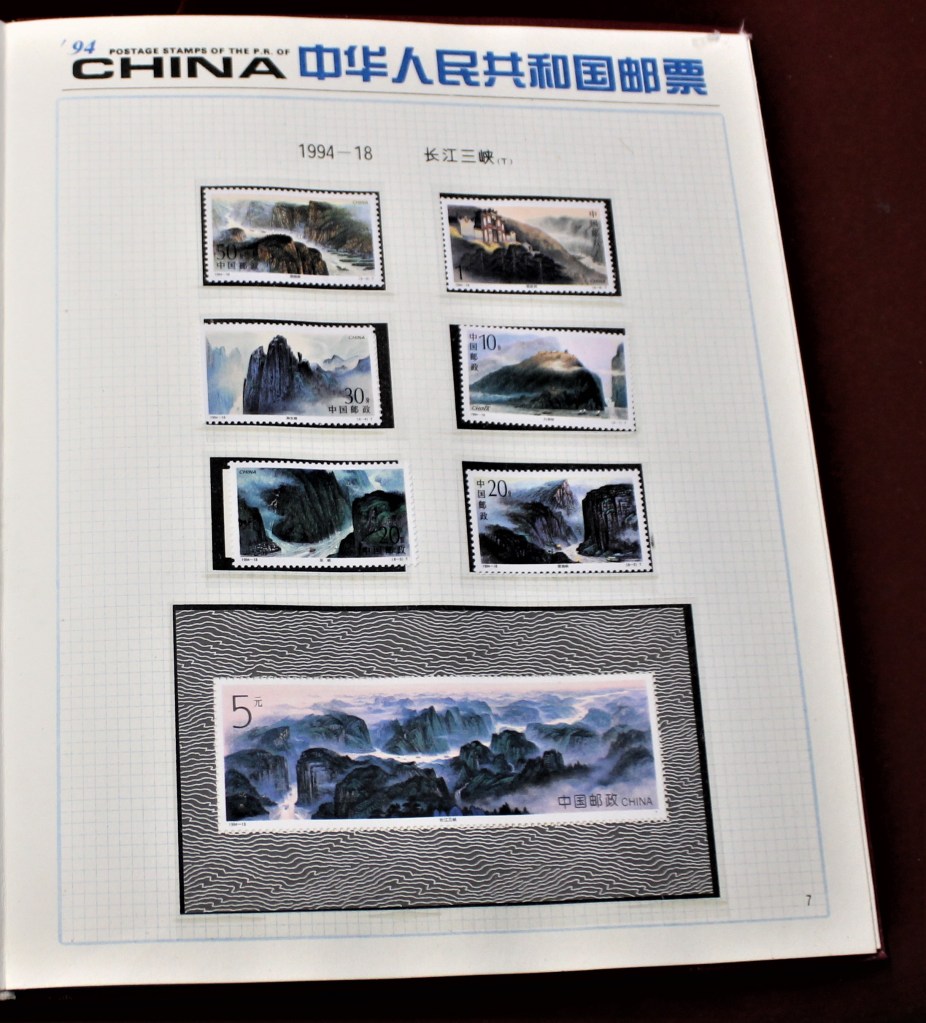
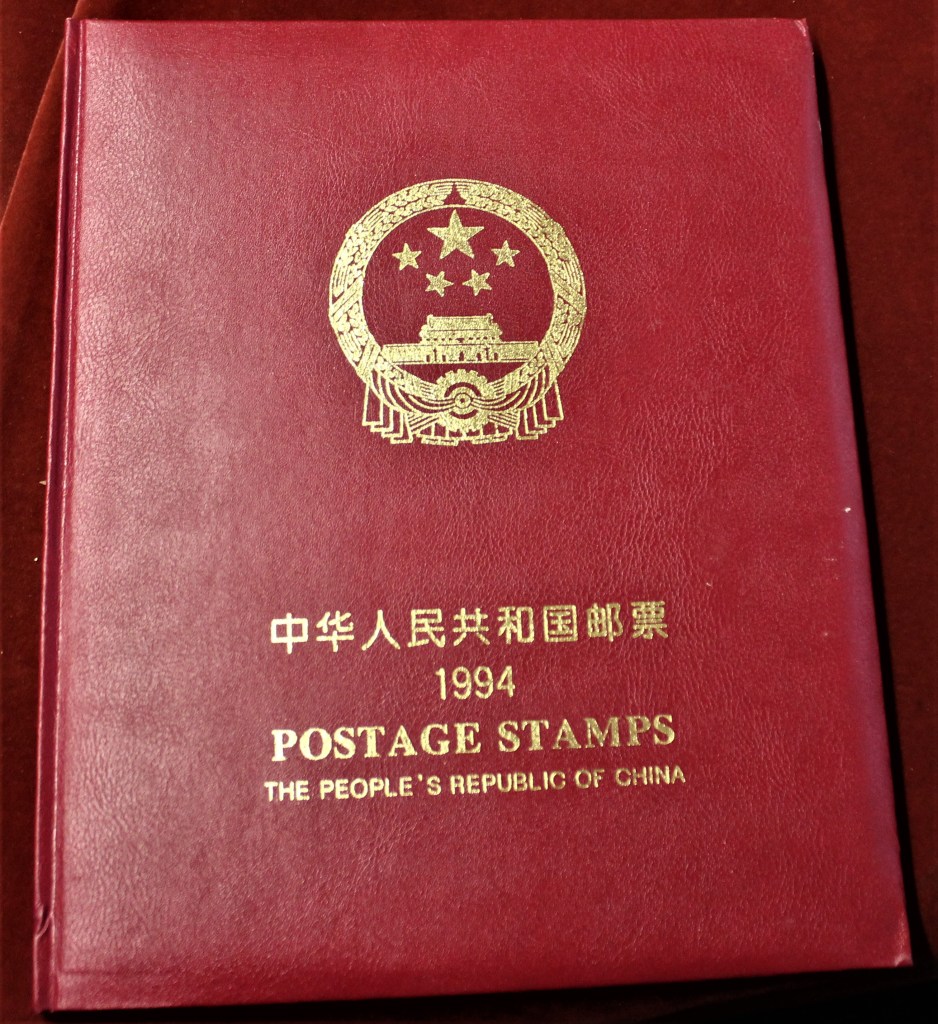
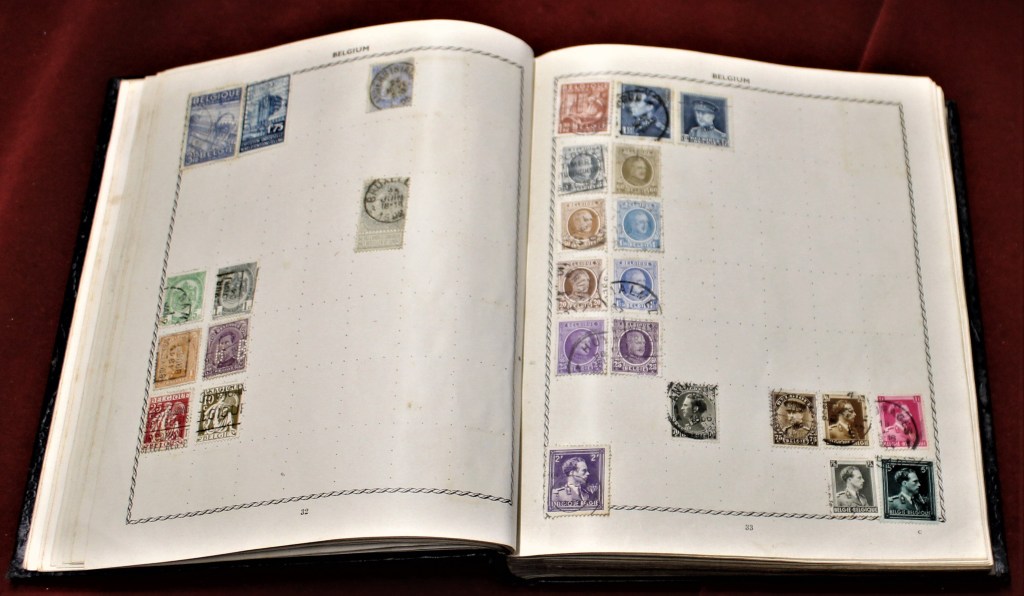
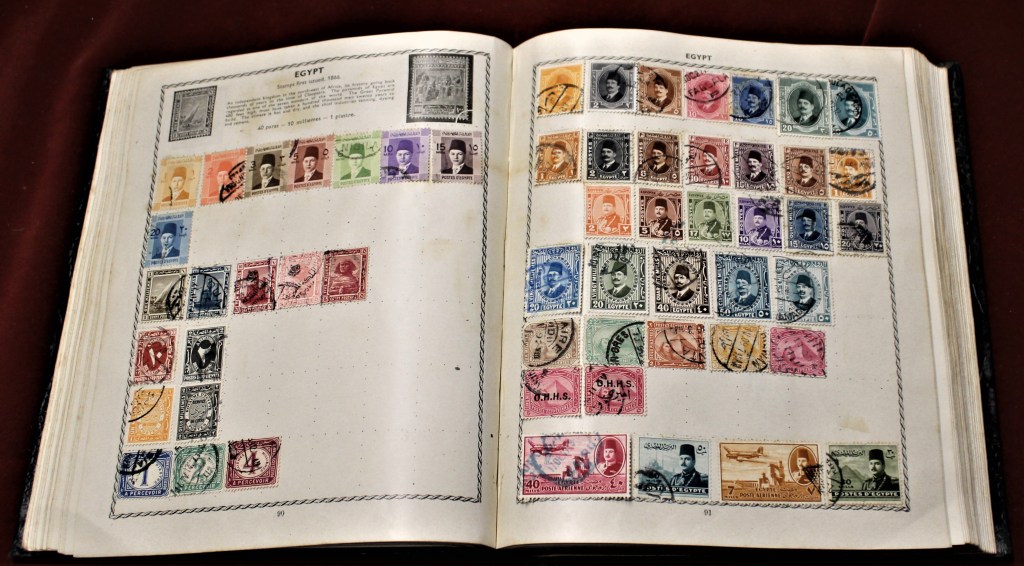




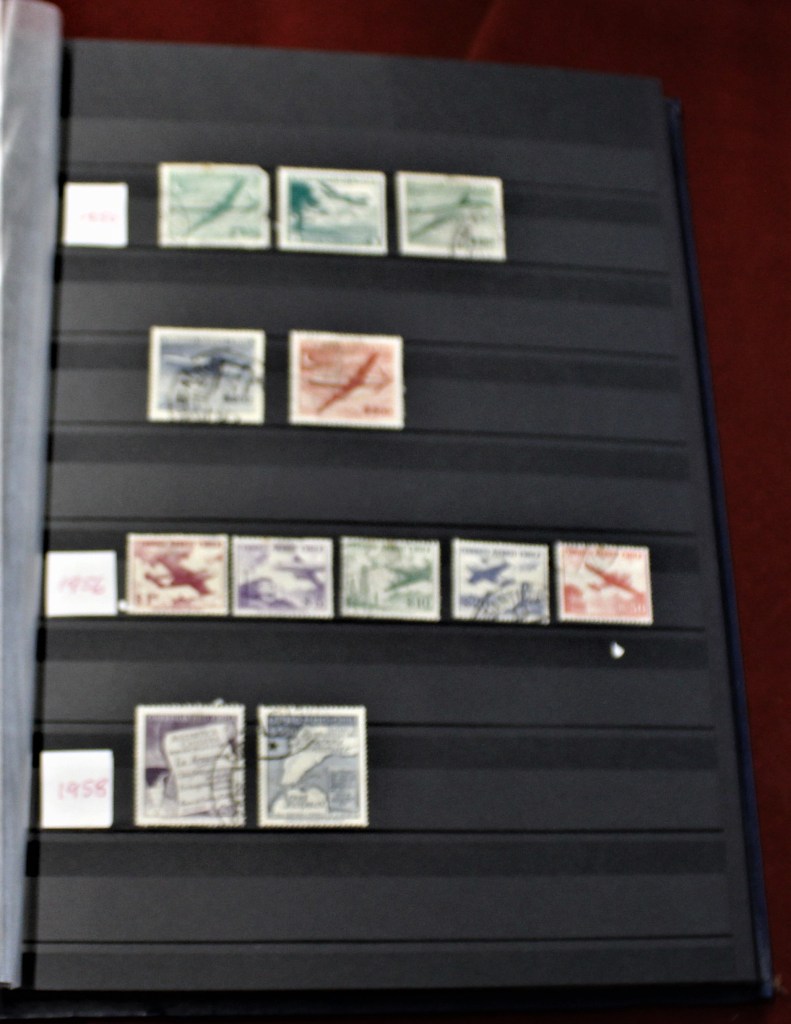














Now on to the second sale (takes place on Dec 14th):
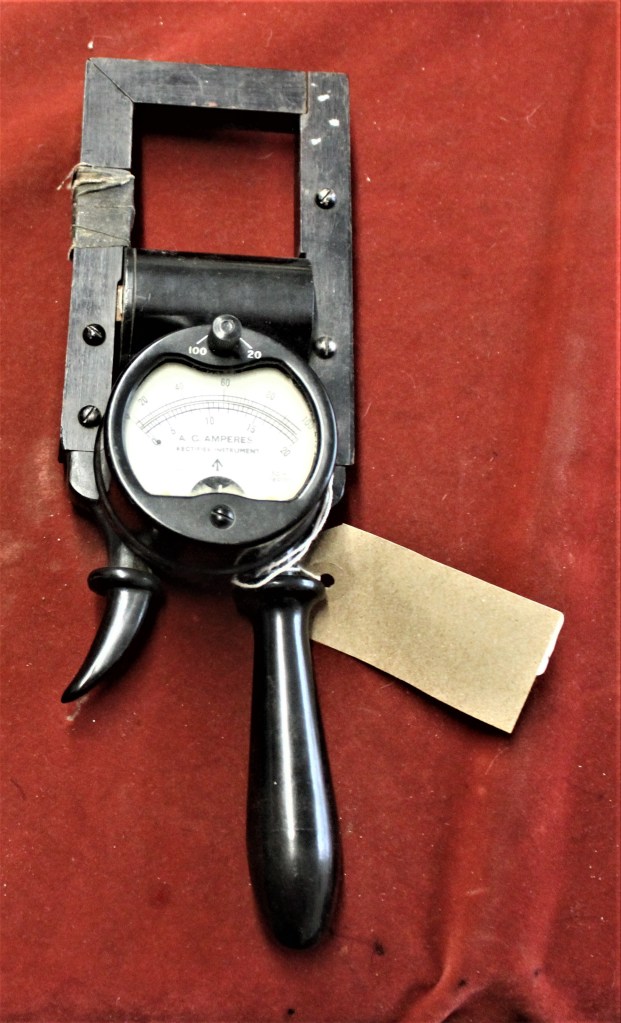

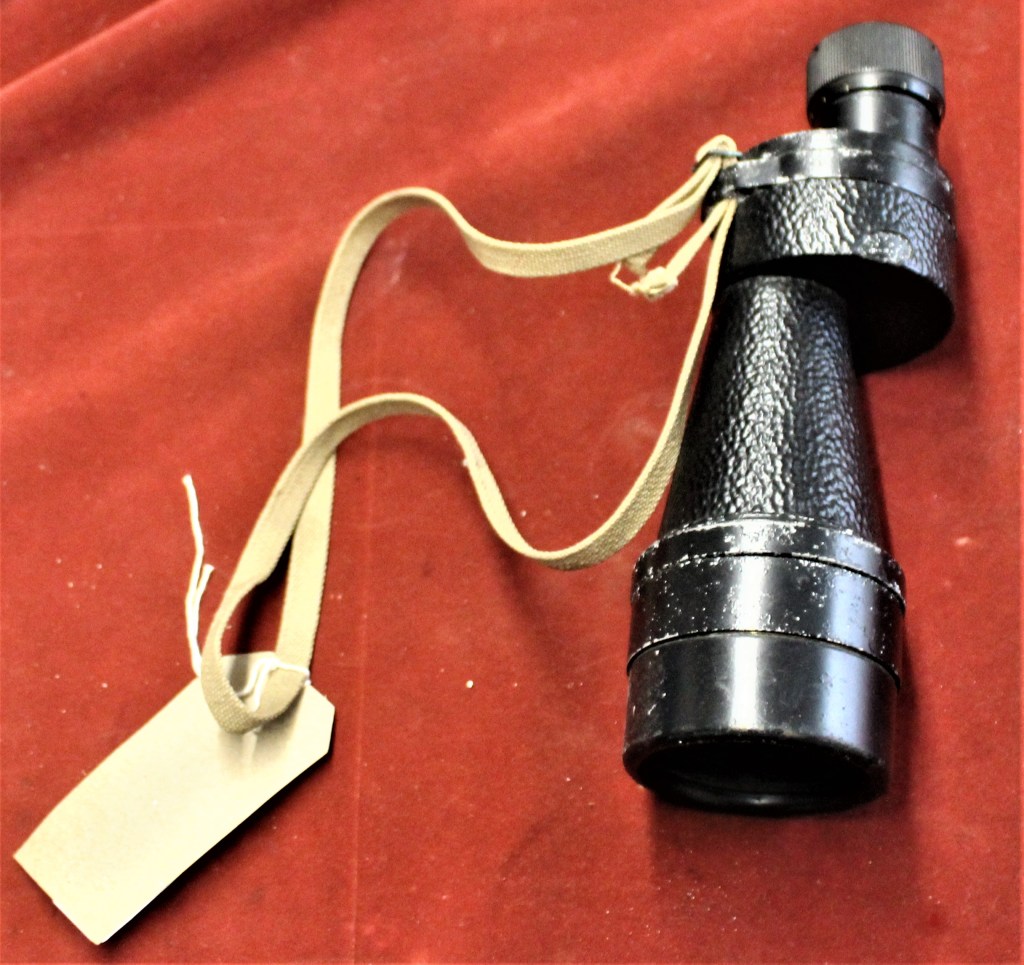

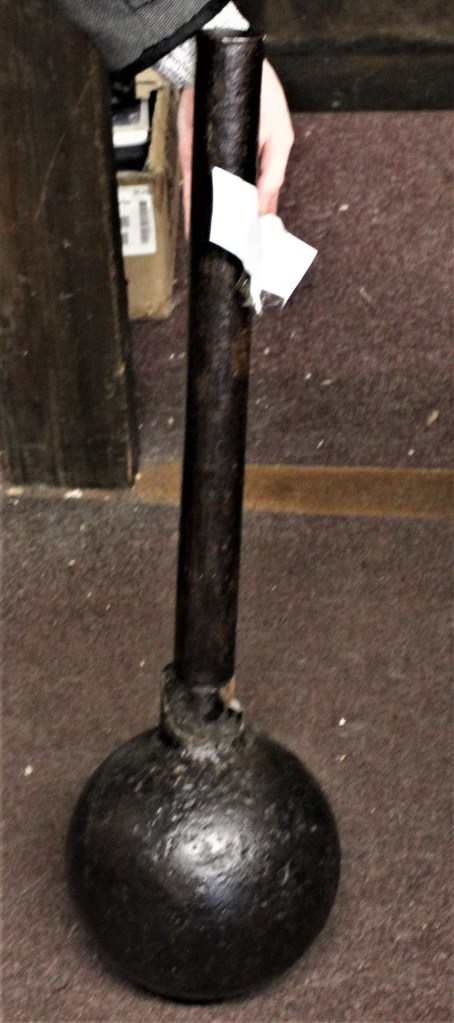
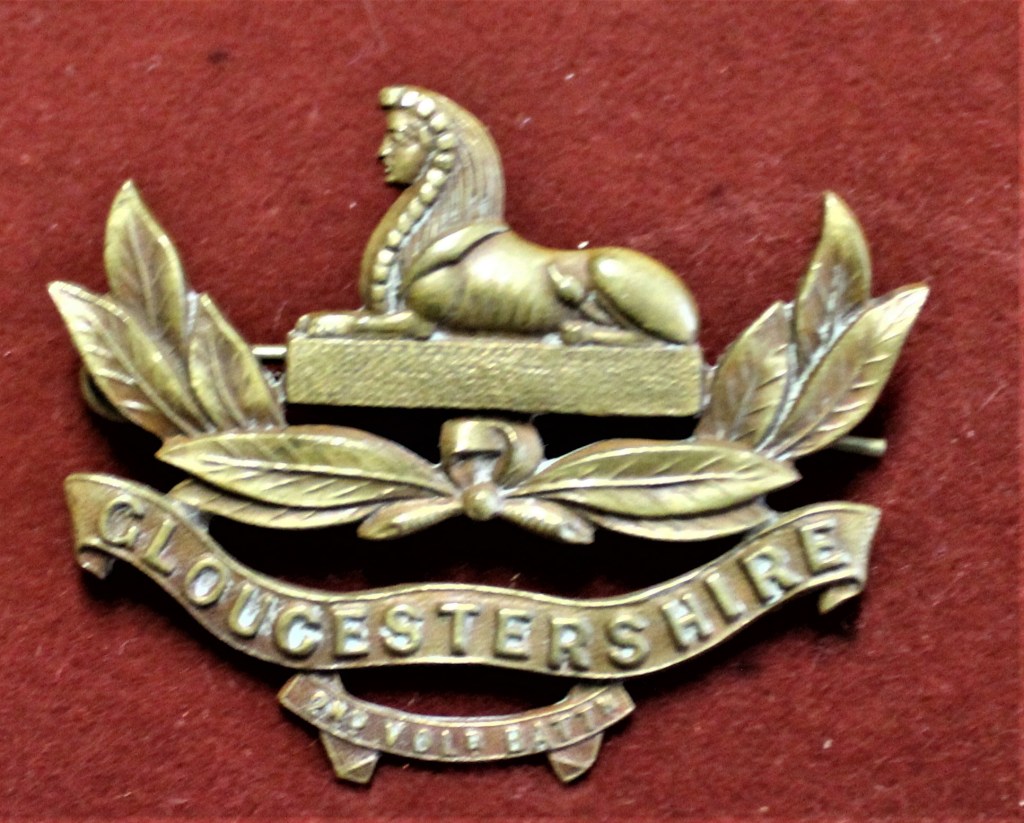
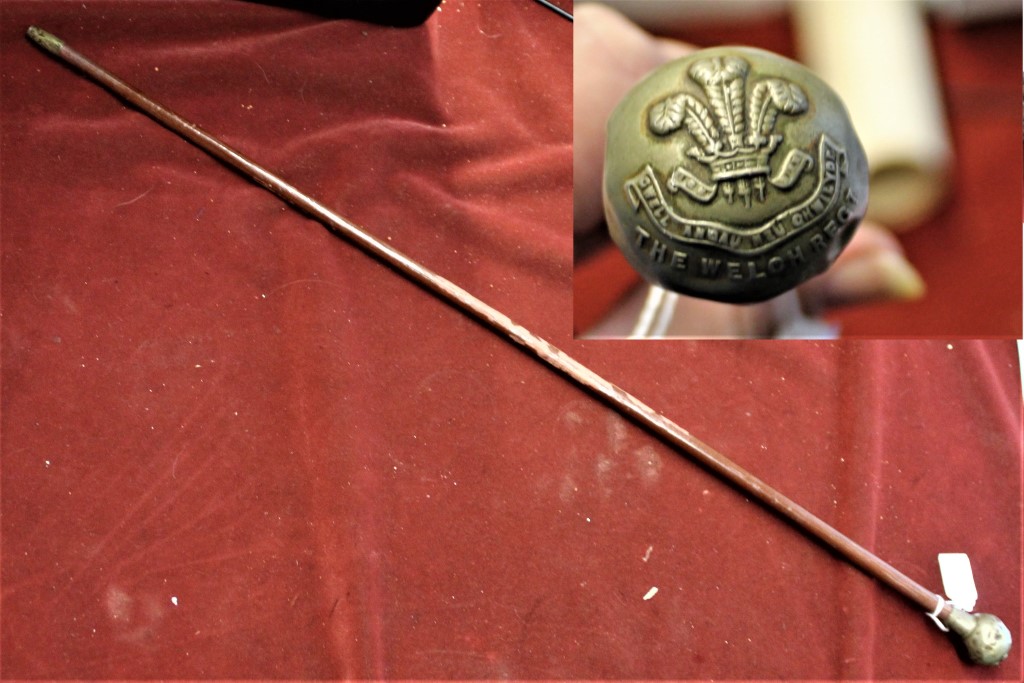

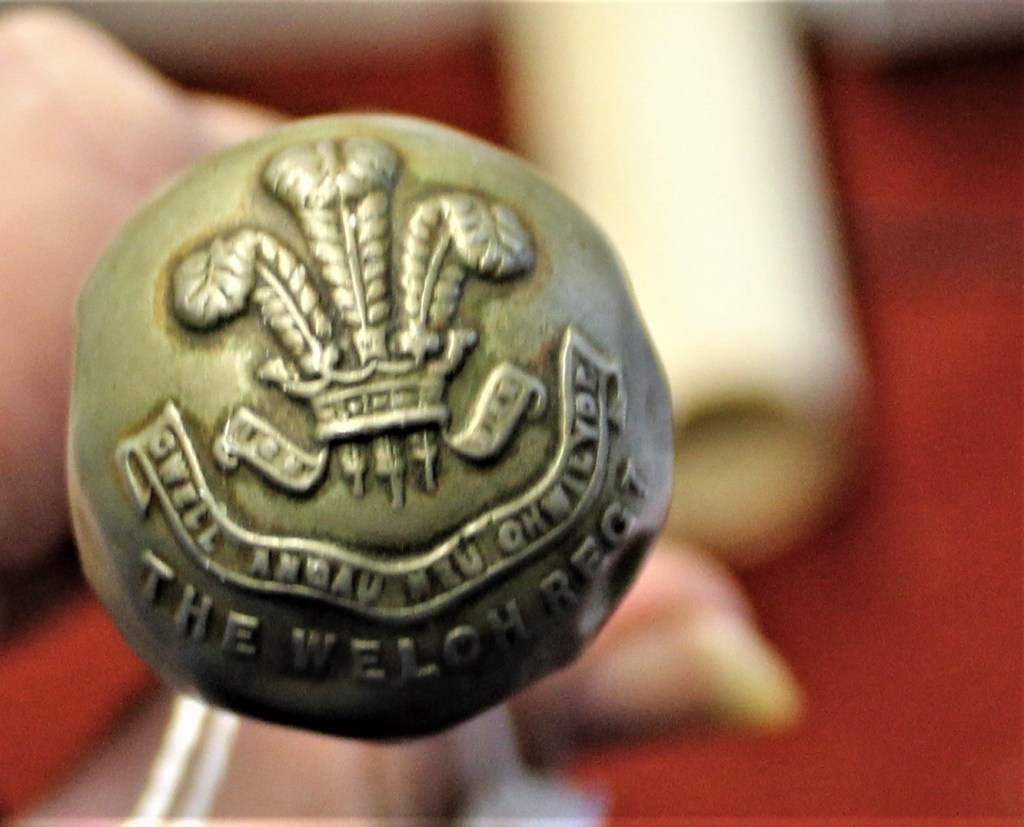
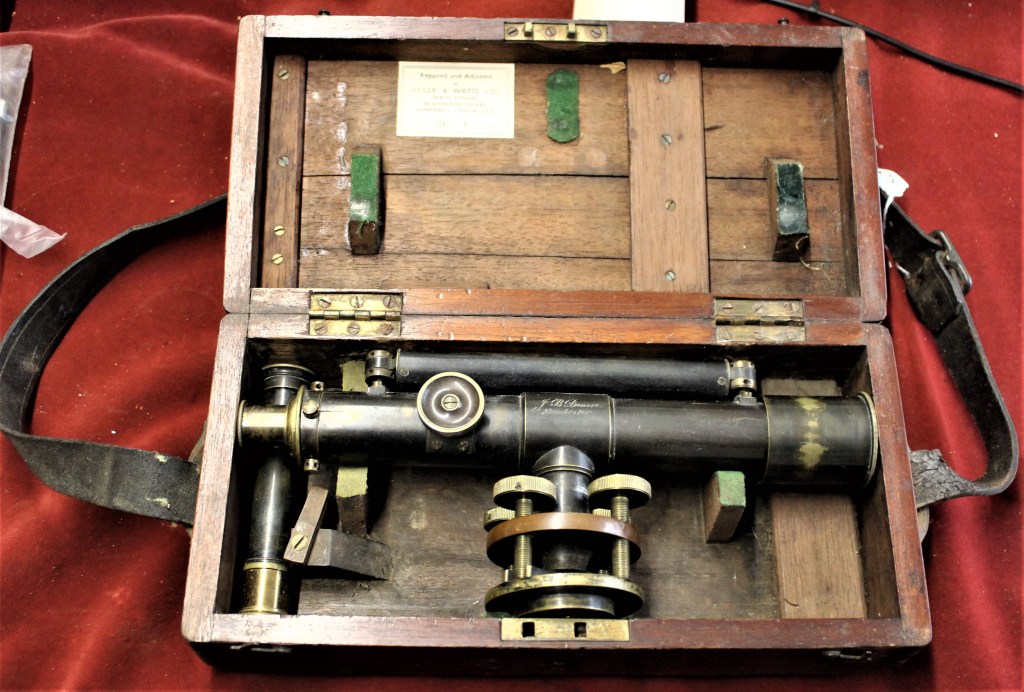
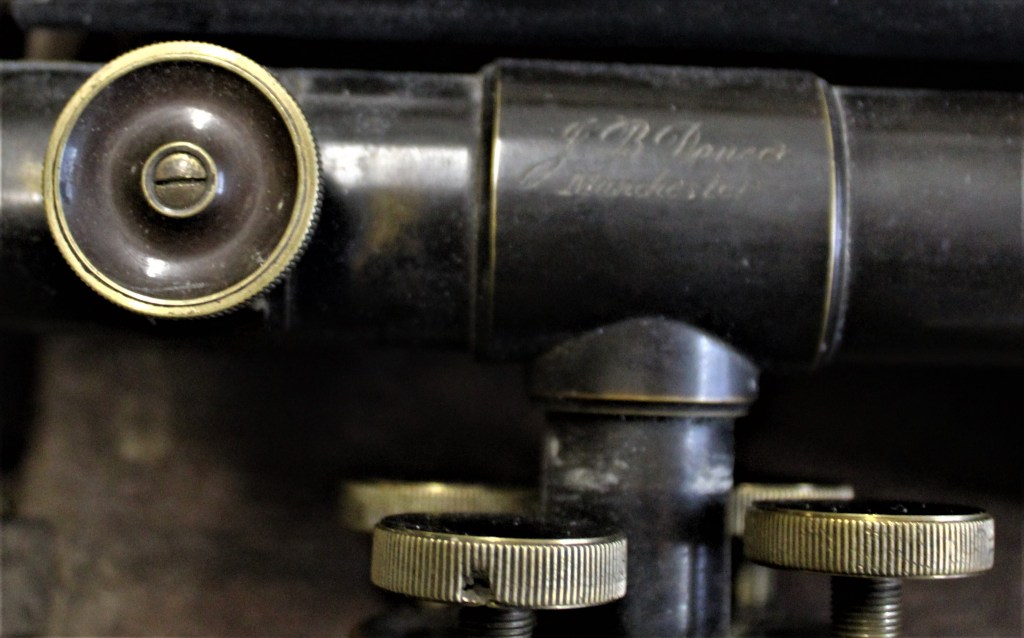
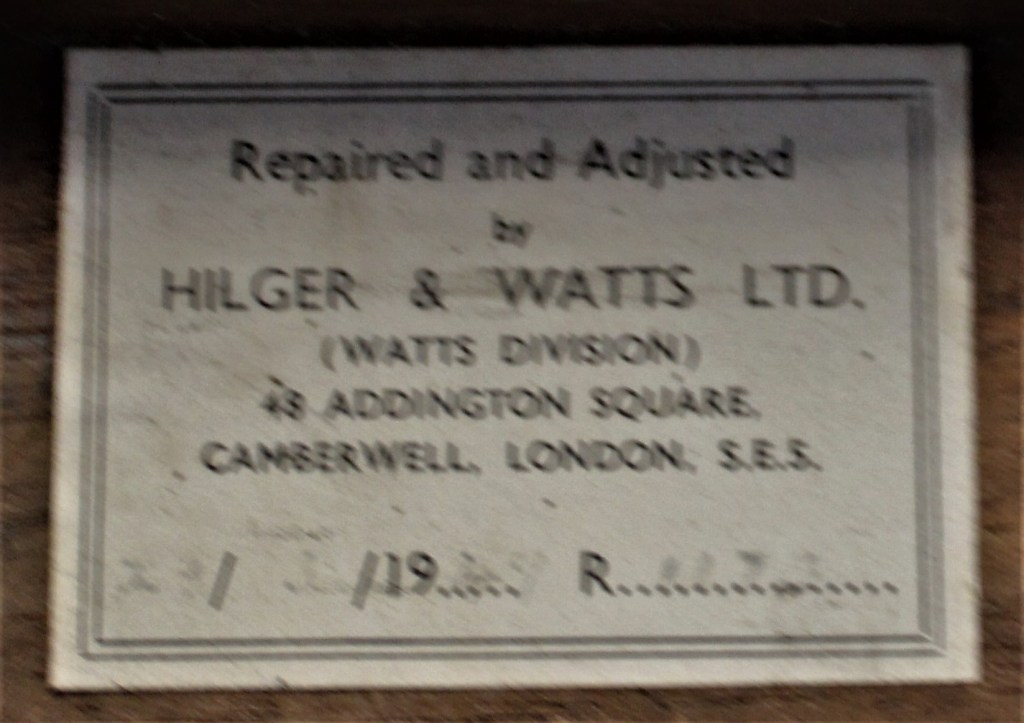


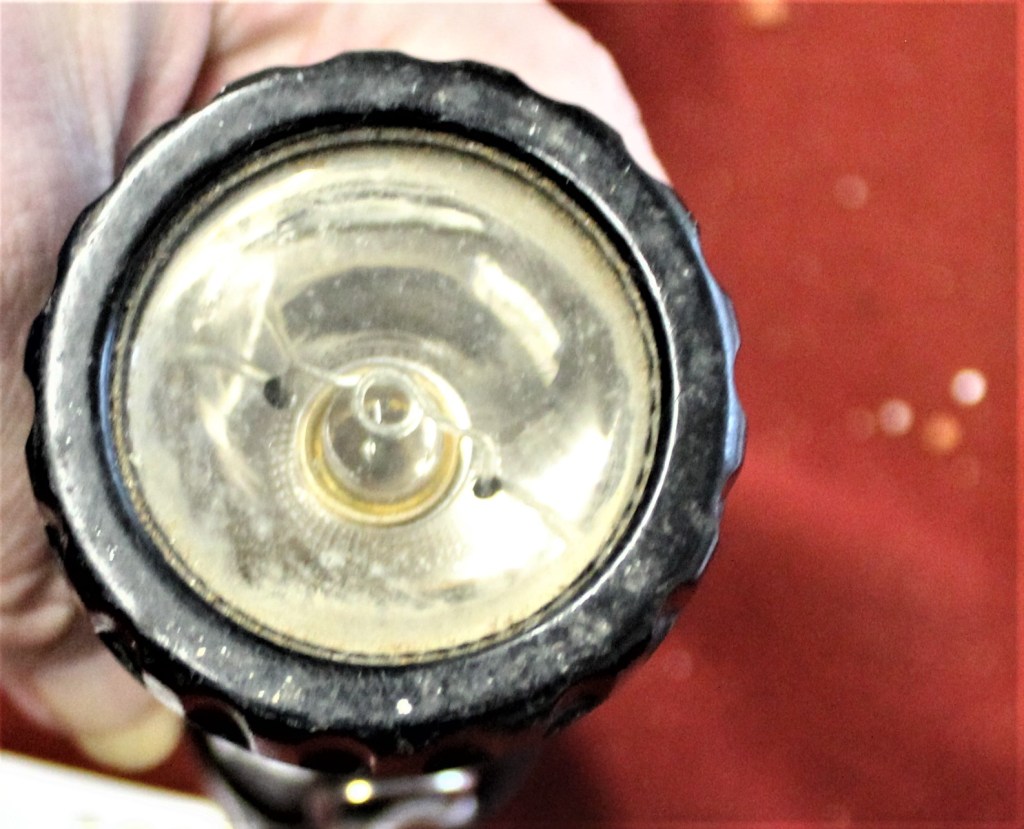



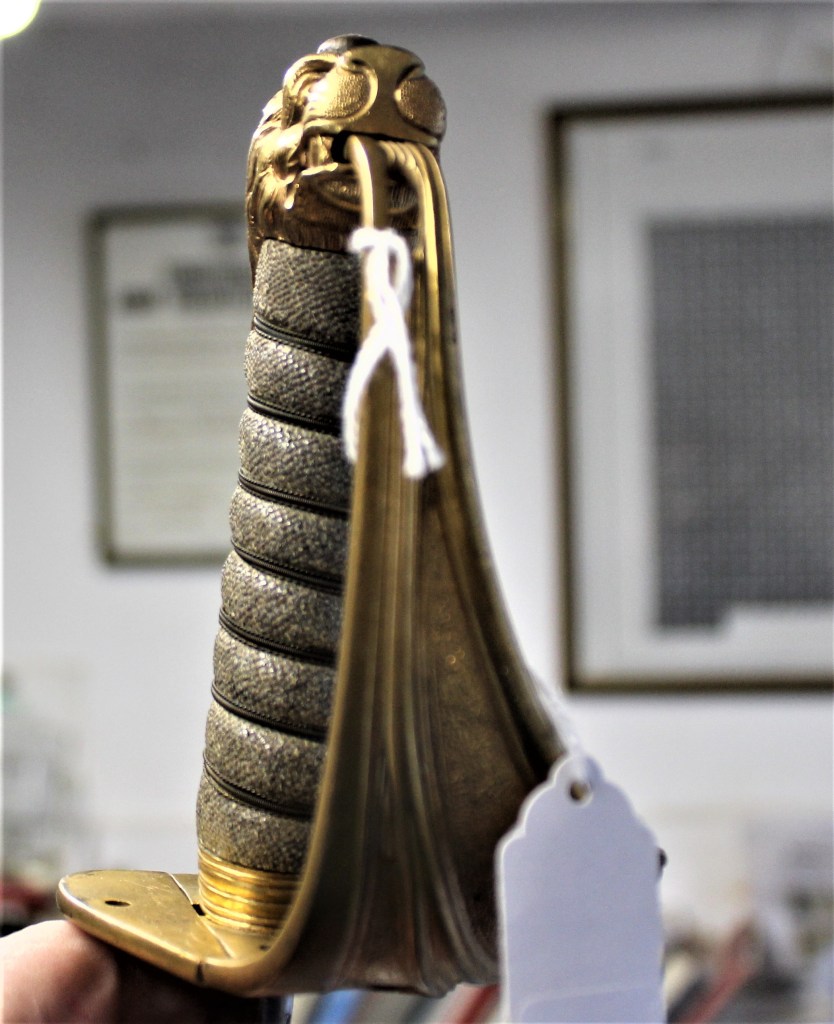

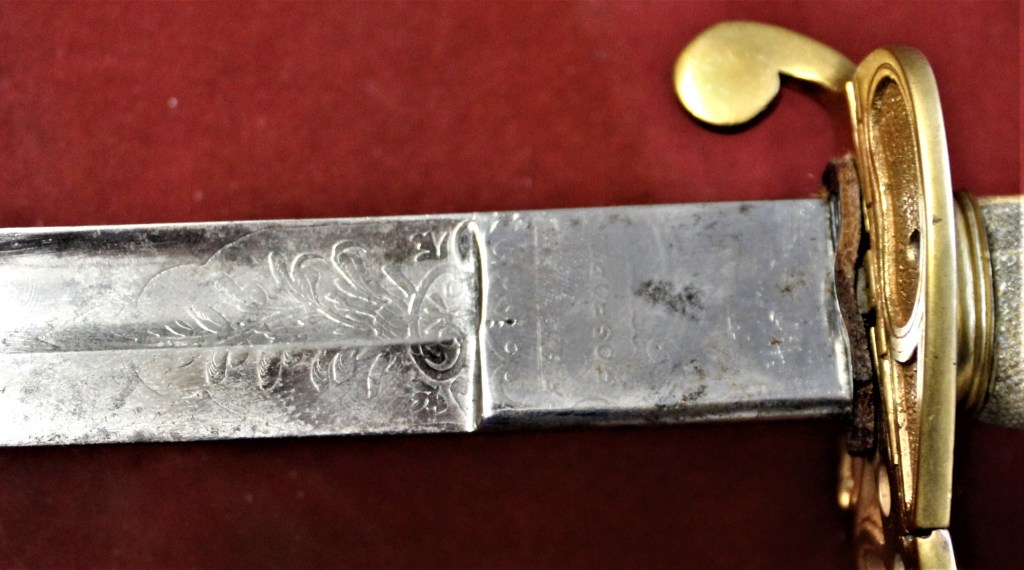





All Time XIs – Match Ups 56
Continuing my extended analysis of how the all time XIs I created for each letter of the alphabet fare against one another.
Welcome to the latest instalment in my extended analysis of how the all time XIs I have selected for each letter of the alphabet fare against one another. Today sees the end of the Ps, who start the day on 64 out of 100 points.
THE Ps V THE Vs

The Ps have the better opening pair, and Ponting wins the batting match up at number three, while Vaughan and Procter were both excellent skippers. Pollock and Pietersen both definitively win their batting match ups as well. Pant and Verreynne are much of a muchness, while Procter outdoes Vaas in both departments, though Vaas is less far adrift with the ball than figures suggest – he is part of a stronger attack than he ever had to opportunity to be IRL. Voce and Van der Bijl probably represent a better new ball pairing than S and P Pollock – Van der Bijl was the best of the four, though he never got to play test cricket, and Voce’s left arm gives them the advantage of greater variation. The Vs have unarguably the better spin attack – Verity outranks Parker, as great a bowler as the Gloucestershire man was, Vogler outranks Prasanna, and they have a third genuine option in Vine. The question here is whether the Vs bowling resources outweigh the Ps as much as the Ps batting resources outweigh the Vs, and I don’t think they do. I score this one Ps 3, Vs 2.
THE Ps V THE Ws

The Ws are ahead in all departments save keeping, which is a draw. Anything the Ps can do, the Ws can do as well or better, leading to only one scoreline: Ps 0, Ws 5.
THE Ps v THE Xs
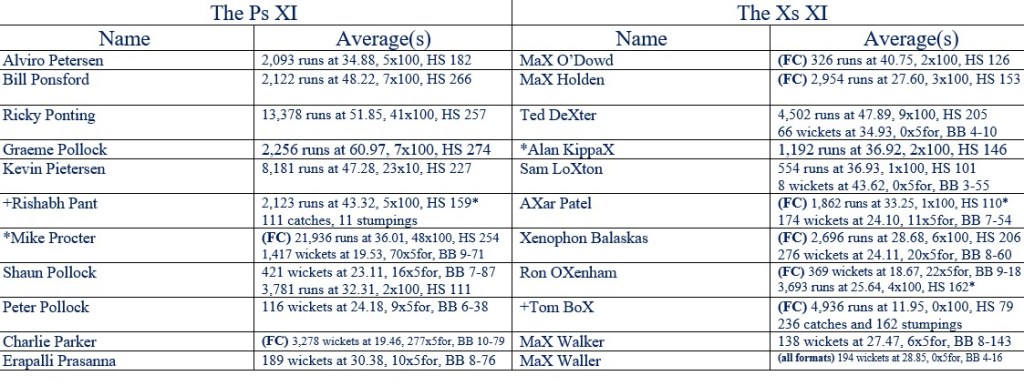
The Ps dominate in all departments, with the sole exception of keeping, where BoX was probably a finer practitioner than Pant. Ps 5, Xs 0.
THE Ps V THE Ys

The Ps are stronger in batting, way ahead in fast bowling, ahead in keeping, probably ahead in captaincy and maybe fractionally behind in spin bowling: Ps 5, Ys o.
THE Ps V THE Zs

Absolute domination from the Ps once again, and a third straight whitewash in their favour to end their match ups: Ps 5, Zs 0.
THE Ps FINAL SCORE
The Ps have scored 18 out of 25 points today, finishing with 82 out of 125, 65.6%
PHOTOGRAPHS






























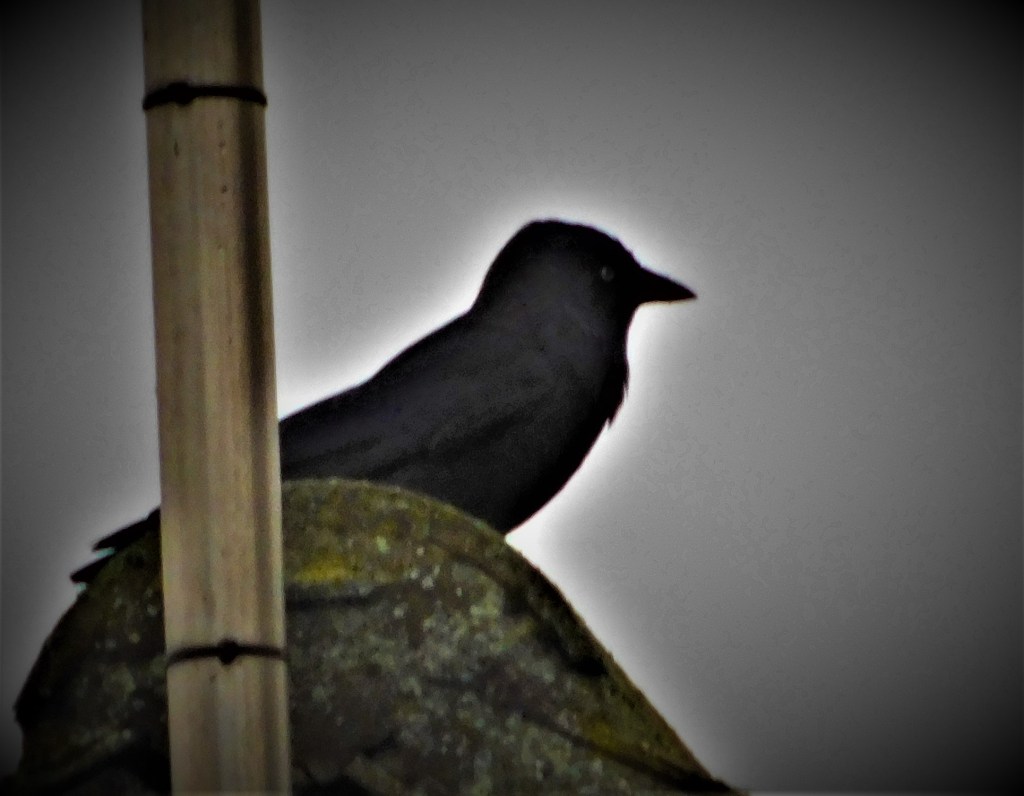








All Time XIs – Match Ups (9)
Continuing my extended analysis of how my all time XIs for each letter of the alphabet fare against one another.
I continue my series of posts analysing how my all time XIs for each letter of the alphabet fare against one another. The Bs XI are still in the hot seat, and they come into this series of match ups on 55 points out of 80.
THE Bs V THE Rs
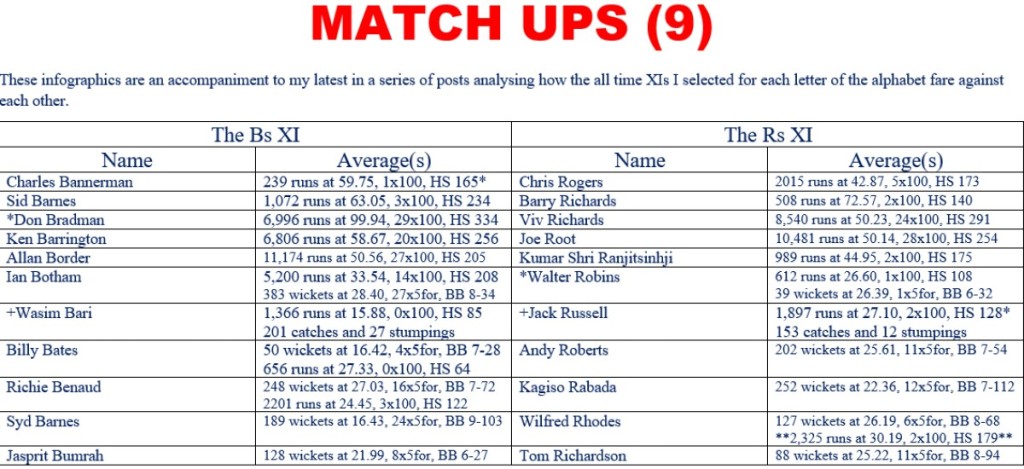
The Bs are massively ahead on batting. They also have the better new ball pairing, but whoever out of Roberts or Richardson ends up first change is a better third pacer than Botham. Benaud outdoes Robins, but Rhodes is a match for Bates. Though the Rs do have an advantage in bowling it is a small one and does not make up for the gulf in batting. Bs 3.5, Rs 1.5.
THE Bs V THE Ss

The Ss are only definitively behind the Bs in one batting slot – the number three position. Sangakkara as keeper and Sobers’ constellation of talents mean that other than number three the only position for which batting skill is noted that the Bs win is at number nine, where Benaud outdoes Starc. Though Barnes and Bumrah are the best new ball combination available to either side Starc far outdoes Botham as a bowler, and his left handedness gives his side an extra variation. Stokes and Sobers in his quicker guise are decidedly useful back up seamers as well, while Sobers in his slower guises and Stevens will be a good spinning combination, albeit not the equal of Benaud and Bates. The Ss XI have a clear but not utterly overwhelming advantage: Bs 1.5, Ss 3.5.
THE Bs V THE Ts

The Bs have an advantage in batting, but the Ts have the fastest pace combo of any letter, with Tyson and Trueman matching Barnes and Bumrah for potency with the new ball and Thomson a better third pacer than Botham. Frank Tarrant and Hugh Trumble are certainly at least as potent as Benaud and Bates – Bates may have an advantage over Trumble, but Tarrant has the edge on Benaud. I think the Ts just about have the bowling guns to negate the Bs advantage with the bat. Bs 2, Ts 3.
THE Bs V THE Us
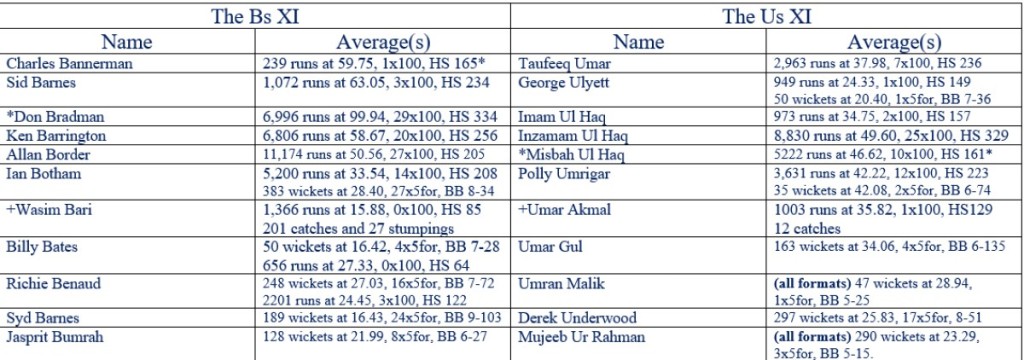
The Bs boss the top batting, with only Inzamam Ul-Haq and Misbah Ul-Haq within ten runs an innings of their opposite numbers in the first five positions. Umrigar outbats Botham, but is much less of a bowler. Similar Umar Akmal outbats Bari, but is nowhere near him as a keeper. Umar Gul has an ordinary bowling record, Umran Malik has earthshaking potential but little actual experience, leaving Ulyett the pick of their fast bowlers. Underwood rates ahead of Benaud as a bowler, and Ur Rahman looks about even with Bates, though again, as with Umran Malik, he lacks experience. The presence of Ulyett and Umrigar does mean that the Us have six bowling options to the Bs five, but I don’t think that can save them, although they might just have a field day if Underwood and Ur Rahman with Umrigar as back up get to work on a raging bunsen. Bs 4 Us 1.
THE Bs V THE Vs

The Bs have their usual huge advantage with the bat, but the Vs are stronger in bowling. While Barnes and Bumrah have to be considered to outrank Voce and Van der Bijl as a new ball pair, Vaas is ahead of Botham as third seamer, and probably by more than the figures show – he would almost certainly fare better as third seamer in a strong attack than he did as opening bowler in a moderate one. Vogler beats Benaud as a leg spinner, while Verity and Bates look on a par, although Verity’s test figures were achieved in a decade of doped pitches and Bradman’s batting. Verity’s advantage over Bates is clear if you compare their FC figures. I do not think that the Vs can make up for their deficit in the batting department, but I would expect a good contest: Bs 3, Vs 2.
THE Bs PROGRESS
The Bs scored 14 out of 25 points in today’s match ups, moving them on to 69 of a possible 105 points, 65.72% overall. The As by comparison were on 54 points at this stage of their match ups.
PHOTOGRAPHS
My usual sign off…




















I have separated some of my photographs off from the rest because I know that some of my readers are arachnophobic. If you are among them skip the last few photos…











